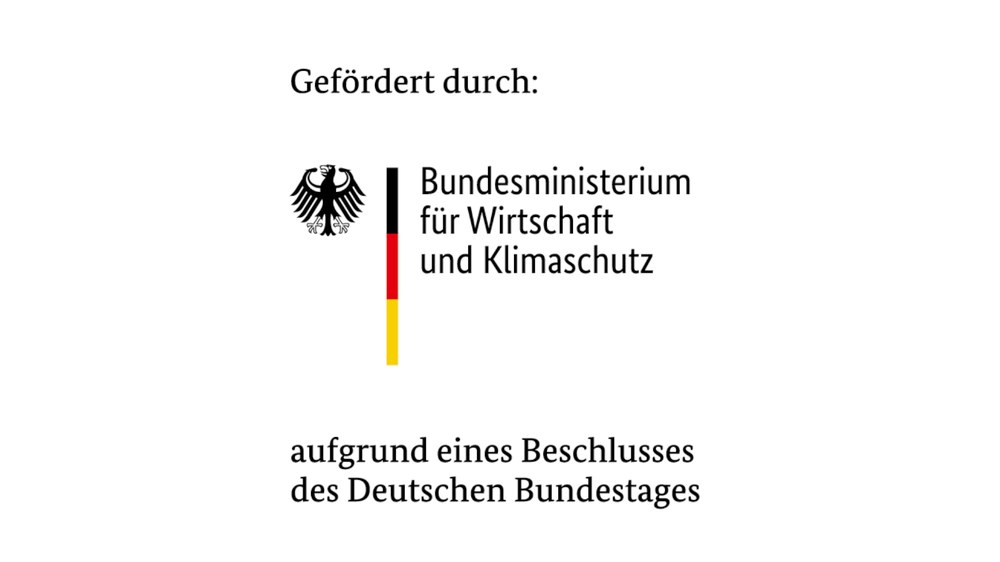Today's rich-lean combustors for kerosene operation are highly specialised systems designed to provide low emissions and robust combustion. Changing the fuel from hydrocarbons to pure hydrogen fundamentally changes the design parameters of the combustor. The alliance partners are choosing approaches that match their strengths, such as replacing injectors in state-of-the-art combustors, detailed simulation of reactive flows or the use of premixed combustion to improve understanding of hydrogen combustion.
Due to the application-oriented approach of the German Aerospace Centre (DLR), the research focus at WotAn is on the interaction of the individual combustion chamber components. The atmospheric primary zone test bench, the single nozzle sector pressure test bench and the High-Pressure Combustor Test Facility 1 are available for the planned work. The connection of all test stations to the existing hydrogen infrastructure of the site is part of WotAn .
The focus is on the development of a generic test combustor and hydrogen burner to systematically vary relevant parameters for an optimal application of the fat-lean concept. The experiments will be accompanied by optical and laser-optical measurements to understand the behaviour of hydrogen in the fat-lean combustion chamber system. Suitable high-resolution laser-optical measurement technology is being developed and adapted to the measurement task at WotAn by the Engine Measurement Systems Department.
Of particular interest is the influence of combustor parameters on mixture homogeneity, flashback and the formation of combustion instabilities and nitrogen oxides. Nitrogen oxide emissions are measured in-situ and contribute to the correlation between the design parameters and the observed effects. Simultaneous CFD investigations accompany the design and experiments to cover the parameter space to be analysed and to gain a better understanding of the reliability of reactive flow simulation based on application-oriented experimental data.
Running Time
11/2022 -11/2026
Keywords
Hydrogen, decarbonisation, hydrogen combustion in aircraft engines, gas turbine, combustor, optical measurement, RQL, rich-quench-lean, rich-lean combustor, climate-neutral aviation, transformation of aviation, reacting flow

BMWK



